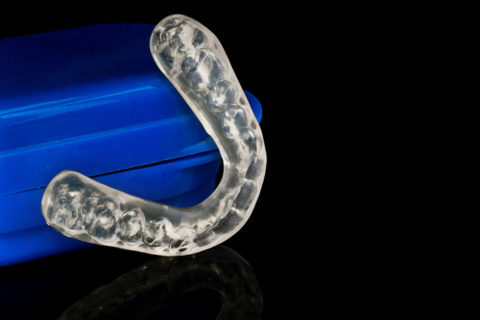BEAT BRUXISM!
Bruxism—also known as tooth grinding—is more than an annoyance. When left untreated, it can lead to chronic jaw and facial pain, headaches, and tooth damage. The problem is that many people with bruxism aren’t aware that they are grinding their teeth until damage occurs, unless a sleep partner complains about the noise. If you notice the symptoms of bruxism, including pain or teeth that are sensitive or worn, talk to your dentist near Belmont right away so treatment can begin. In this infographic, Belmont Dental Group explores the symptoms, causes, and treatments of bruxism for kids and adults. Treatment for bruxism usually involves a mouth guard to protect the teeth as well as management of any underlying condition that is contributing to the grinding. If you’re living with bruxism, get help as soon as possible to avoid long-term damage. You can help others learn more about bruxism by sharing this information with your friends and family.


